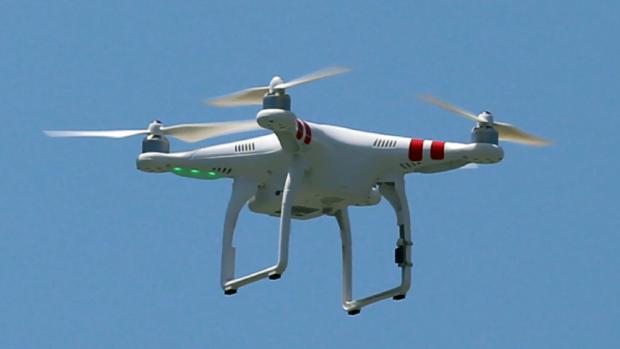
Breaking News
 BREAKING: Secret Study Conducted By Henry Ford Health Conclusively Proves...
BREAKING: Secret Study Conducted By Henry Ford Health Conclusively Proves...
Discovering Gems of Understanding
 Trump's Corporate Favor Factory
Trump's Corporate Favor Factory
 Google Quantum Supremacy And Artificial Intelligence
Google Quantum Supremacy And Artificial Intelligence
Top Tech News
 Graphene Dream Becomes a Reality as Miracle Material Enters Production for Better Chips, Batteries
Graphene Dream Becomes a Reality as Miracle Material Enters Production for Better Chips, Batteries
 Virtual Fencing May Allow Thousands More Cattle to Be Ranched on Land Rather Than in Barns
Virtual Fencing May Allow Thousands More Cattle to Be Ranched on Land Rather Than in Barns
 Prominent Personalities Sign Letter Seeking Ban On 'Development Of Superintelligence'
Prominent Personalities Sign Letter Seeking Ban On 'Development Of Superintelligence'
 Why 'Mirror Life' Is Causing Some Genetic Scientists To Freak Out
Why 'Mirror Life' Is Causing Some Genetic Scientists To Freak Out
 Retina e-paper promises screens 'visually indistinguishable from reality'
Retina e-paper promises screens 'visually indistinguishable from reality'
 Scientists baffled as interstellar visitor appears to reverse thrust before vanishing behind the sun
Scientists baffled as interstellar visitor appears to reverse thrust before vanishing behind the sun
 Future of Satellite of Direct to Cellphone
Future of Satellite of Direct to Cellphone
 Amazon goes nuclear with new modular reactor plant
Amazon goes nuclear with new modular reactor plant
 China Is Making 800-Mile EV Batteries. Here's Why America Can't Have Them
China Is Making 800-Mile EV Batteries. Here's Why America Can't Have Them
World record drone flights: Hydrogen vs battery vs gasoline-electric

Spanish company Quaternium has destroyed its own record for gasoline-electric drone endurance with a 10-hour, 14-minute flight. But how does that stack up against hydrogen and batteries, and what are the implications for the emerging eVTOL market?
Drone endurance records don't make for particularly riveting video watching, but they're an interesting way to keep track of the state-of-the-art in multirotor energy storage and powertrain efficiency. Flight endurance is the biggest technical problem that needs to be solved in order to get eVTOL air taxis airborne in a commercially viable way, and even if the biggest non-technical problem – getting these things certified by aviation bodies – is likely going to be bigger and more expensive to solve, it seems the money's there to make that happen.
So when we received news recently that Quaternium had broken the 10-hour mark with an electric quadcopter using a 2-stroke combustion engine and 16 liters (4.2 gal) of 95-octane gasoline as a range extender, we wondered how that setup compared to electric and hydrogen options. Check out the Quaternium video below.

 China Innovates: Transforming Sand into Paper
China Innovates: Transforming Sand into Paper

